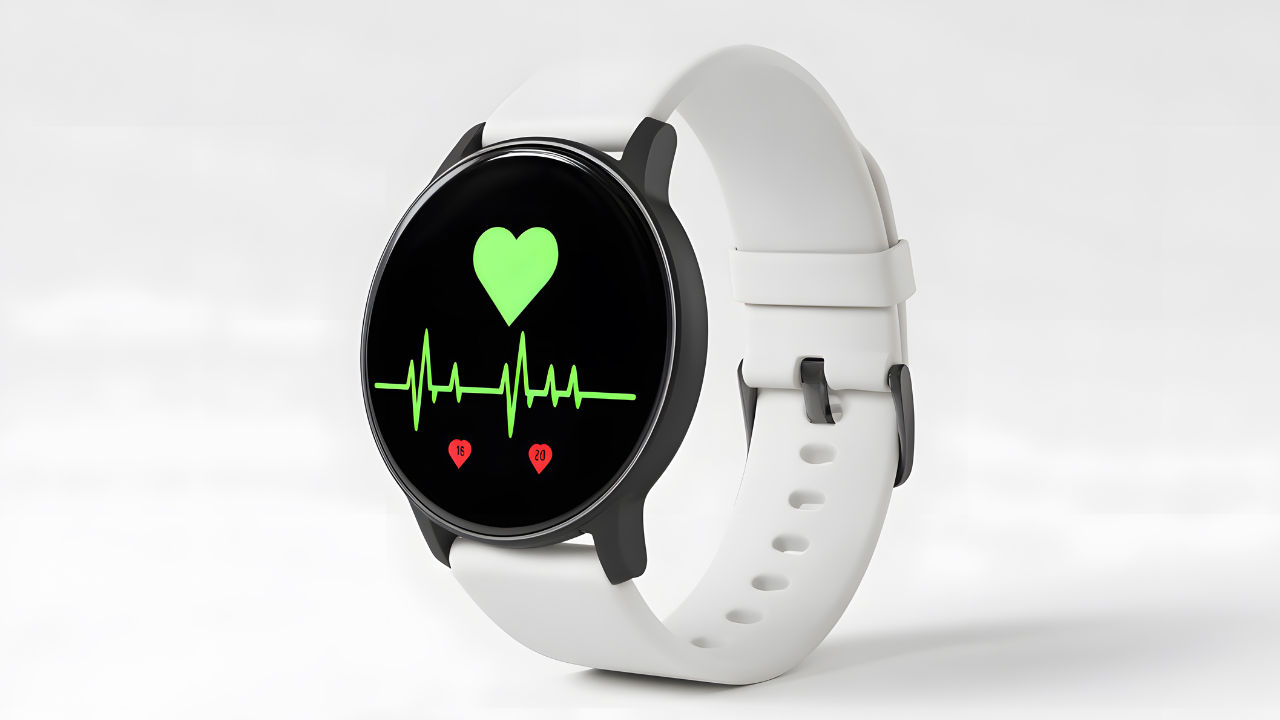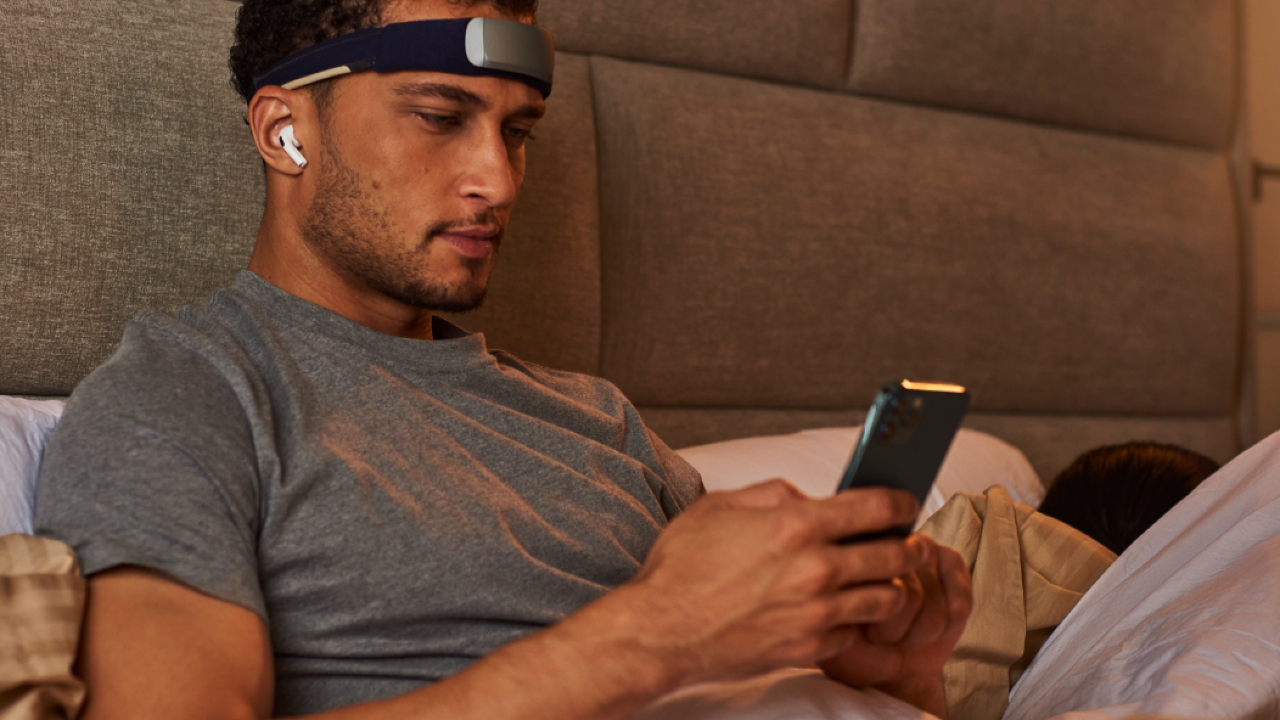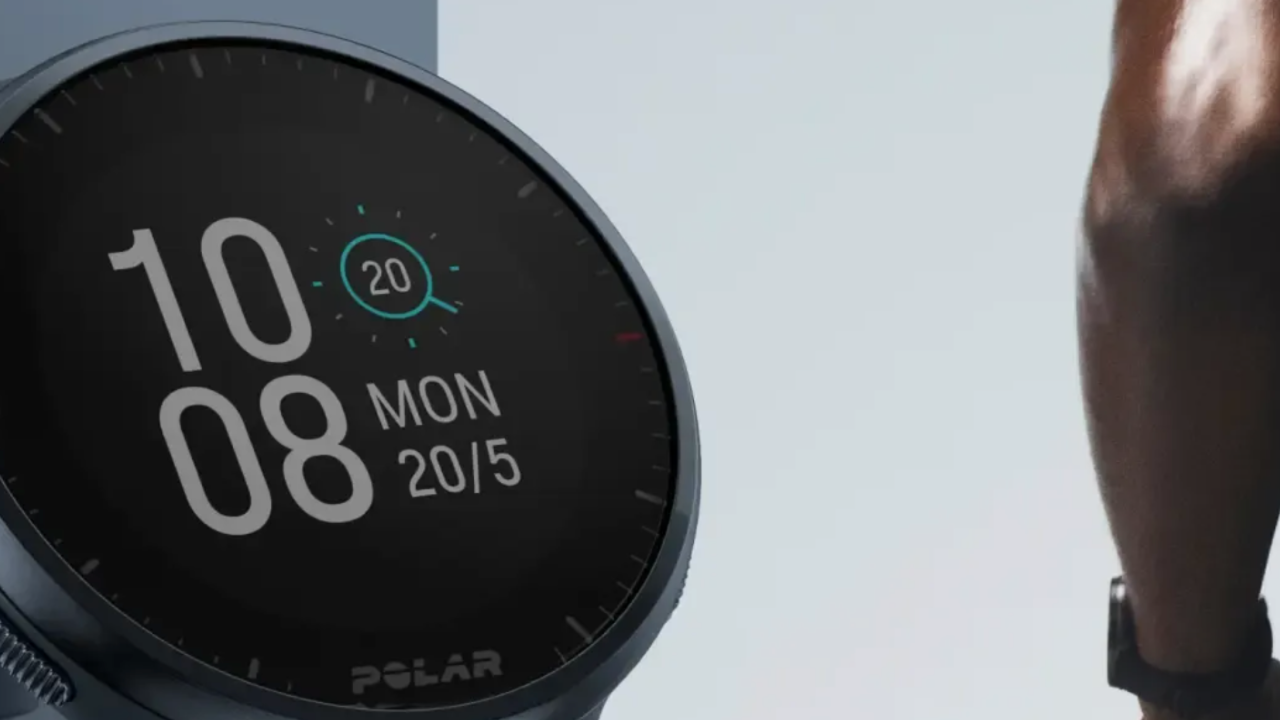If you just got your first wearable—whether it’s an Oura Ring, Whoop, Muse, Lumen, or any other device—you’re probably excited but also a little overwhelmed. There are so many numbers, charts, and metrics that it can feel like you need a degree just to understand the dashboard. The good news? You don’t. With a few simple steps, you can start using your wearable to track your health, improve sleep, manage stress, and optimize workouts—without feeling buried in data.
Start by Setting Clear Goals
Before diving into all the graphs and stats, think about why you got the wearable in the first place. Are you looking to:
-
Sleep better and feel rested?
-
Recover faster from workouts?
-
Reduce stress and improve focus?
-
Track fitness progress and reach training goals?
Having clear goals will help you focus on the metrics that matter most, rather than getting lost in information overload. For example, if sleep is your priority, pay attention to sleep duration, sleep quality, and HRV trends. If training is your focus, monitor heart rate zones, recovery scores, or energy expenditure.
Learn the Dashboard, Step by Step
Every wearable has an app, and every app has a dashboard showing different metrics. Here’s a practical approach:
-
Open the app and explore slowly. Don’t try to understand everything at once—start with one or two key areas related to your goals.
-
Focus on the numbers that matter. For instance, Whoop provides a recovery score; Oura shows readiness and sleep quality; Lumen tracks metabolism.
-
Check daily trends, not hourly fluctuations. Your body naturally varies day-to-day, so focus on patterns over weeks, not single readings.
-
Use notifications wisely. Alerts for bedtime, workouts, or stress reminders can be helpful—but avoid letting them create anxiety or obsession.
Integrate Wearables Into Your Daily Routine
Wearables are most valuable when they become part of your daily life. Here are some tips to make that happen:
-
Morning check-in: Spend 5 minutes reviewing sleep and readiness. Use insights to plan workouts or rest days.
-
During the day: Use reminders for stress management, hydration, or short walks. Devices like Apollo or Muse can guide micro-breaks to reduce tension.
-
Evening reflection: Check sleep predictions, recovery trends, or metabolic insights from Lumen. Note patterns and consider small adjustments to your routine.
Consistency matters more than perfection. A wearable is a guide, not a strict rulebook. Small adjustments over time—like adjusting your bedtime, adding recovery sessions, or monitoring workload—can make a noticeable difference in energy, focus, and overall health.
Combine Data With Action
It’s easy to get caught staring at numbers, but the real power comes from applying insights to your habits. Some examples:
-
Your Oura Ring shows poor sleep quality? Try reducing caffeine after 2 PM or adjusting your wind-down routine.
-
Whoop recovery score is low? Take a lighter workout or focus on stretching and mobility.
-
Lumen shows low metabolism reading in the morning? Adjust your breakfast or pre-workout nutrition accordingly.
-
Muse feedback indicates scattered focus? Schedule a short guided meditation before a high-concentration task.
Wearables are most useful when you connect metrics to real-life actions, not just dashboards.
Keep It Simple and Enjoy the Process
For first-time users, the most common mistake is trying to track everything at once. Start with one goal and one or two key metrics. Give yourself time to understand how your body responds, then gradually add more insights as you feel comfortable.
Remember, a wearable isn’t about obsessing over perfection—it’s about understanding your body and supporting better choices. When used thoughtfully, wearables can boost sleep, improve recovery, enhance workouts, and reduce stress, making everyday health feel achievable.
Finding Your Rhythm With Wearables
Every body is different, and the best wearable routine is the one you’ll actually use. Experiment with timing, notifications, and which metrics matter most. Over weeks and months, you’ll begin to see patterns and understand what adjustments help you feel your best.
Explore wearables like Oura, Whoop, Muse, and Lumen to see which device fits your lifestyle—and start turning your data into action today.








